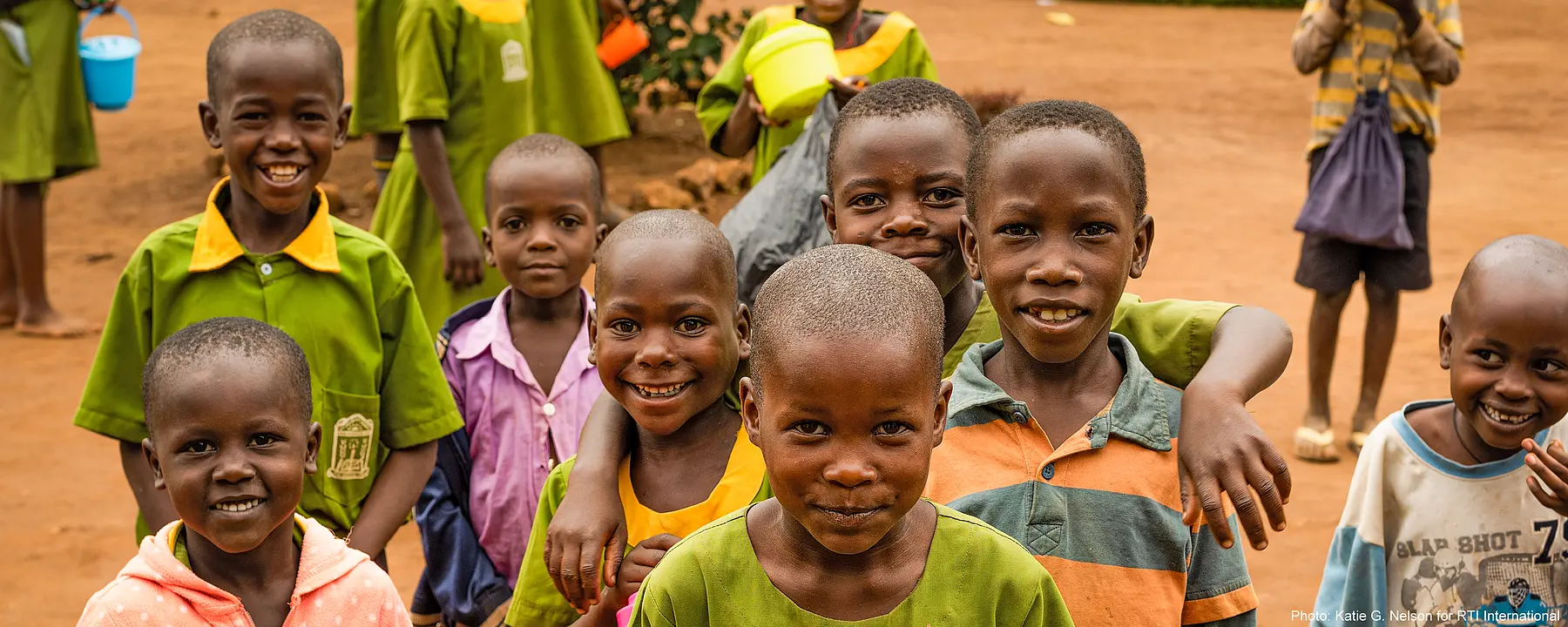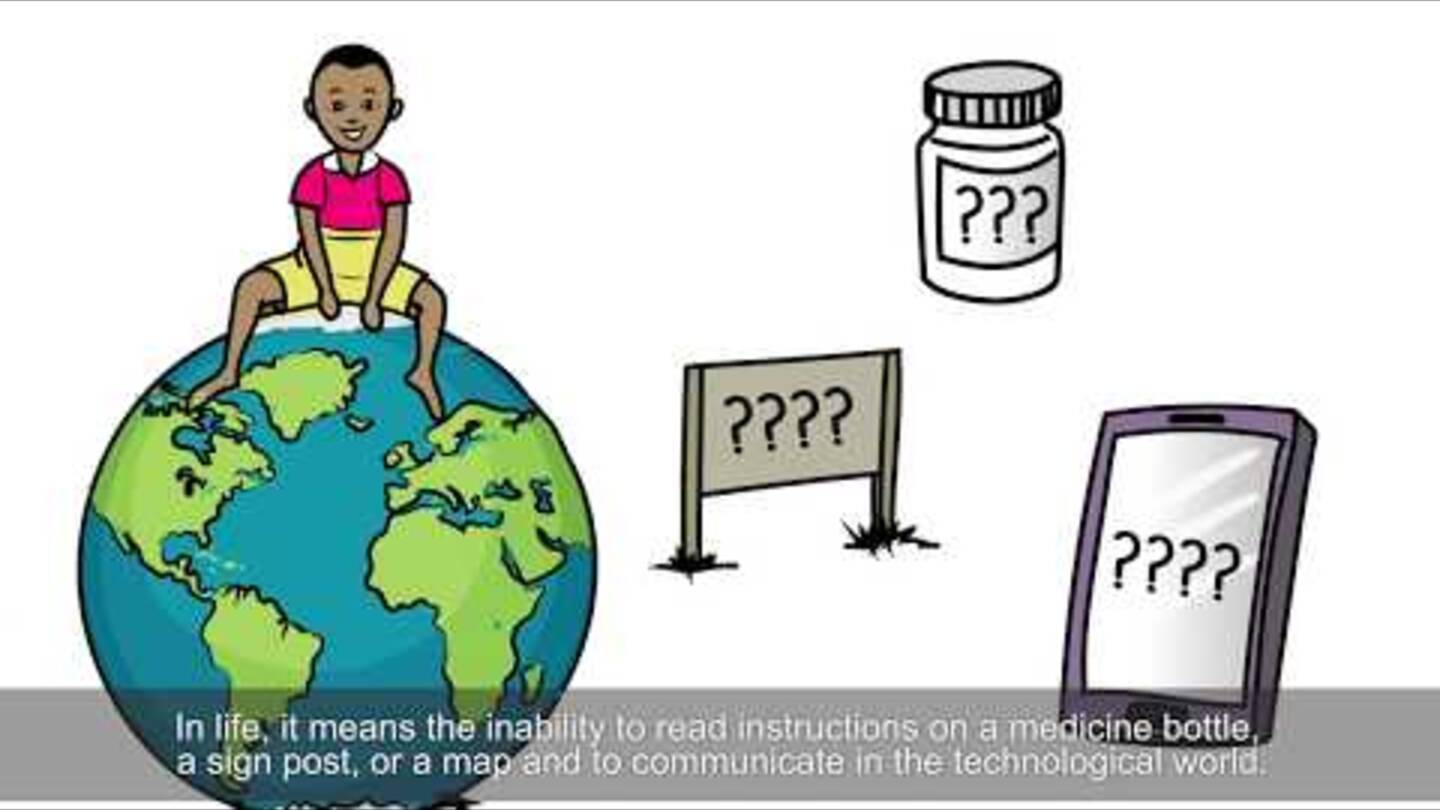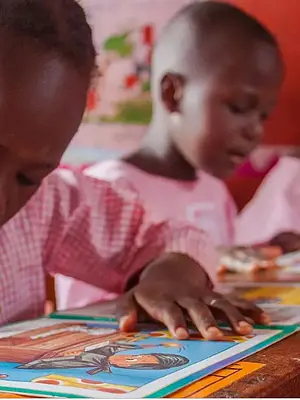Where would you be if you couldn’t read? Reading gives children an opportunity to fulfill their potential.
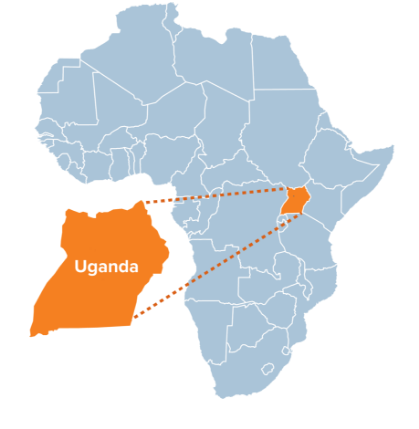 In Uganda, the USAID-funded School Health and Reading Program (SHRP) and Literacy Achievement and Retention Activity (LARA) have supported Uganda’s Ministry of Education and Sports (MoES) to help millions of children across the country learn to read.
In Uganda, the USAID-funded School Health and Reading Program (SHRP) and Literacy Achievement and Retention Activity (LARA) have supported Uganda’s Ministry of Education and Sports (MoES) to help millions of children across the country learn to read.
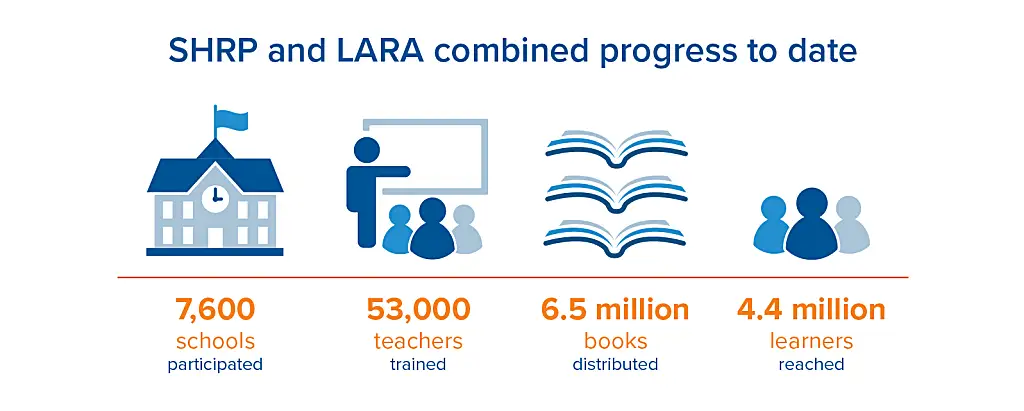
A country's ability to provide quality education for its children is an important part of its journey to self-reliance.
SHRP and LARA have helped millions of children in Uganda who could not read at all establish and improve their reading skills. They have also promoted safe, healthy, and inclusive school environments by working to prevent school-related gender-based violence, strengthen HIV education and prevention, and support students with disabilities.
Working through Ugandan systems and across the country at scale, SHRP and LARA have built a foundation for continued improvements that are sustainable and country-led.
Impact that Transforms Lives in Uganda
From the beginning of Primary One through the end of Primary Six, SHRP tracked progress in a sample of program and control schools. Baseline scores showed almost no children reading in English or their local language when the program began.
By the end of Primary Four, SHRP learners were more than twice as likely to be reading 60 or more words per minute in English. Results showed equal achievement between boys and girls.

SHRP and LARA have helped children learn to read in their local language before learning English. Children in LARA schools receiving instruction in their local language were found to be twice as likely to become emergent readers after two years of program instruction. In a recent study, LARA students showed significant gains in oral reading fluency and reading comprehension in two of the three local languages covered by LARA.
For children in SHRP schools, even though program support ended in Primary Four, higher reading achievement persisted as they progressed into Primary Five and Primary Six.
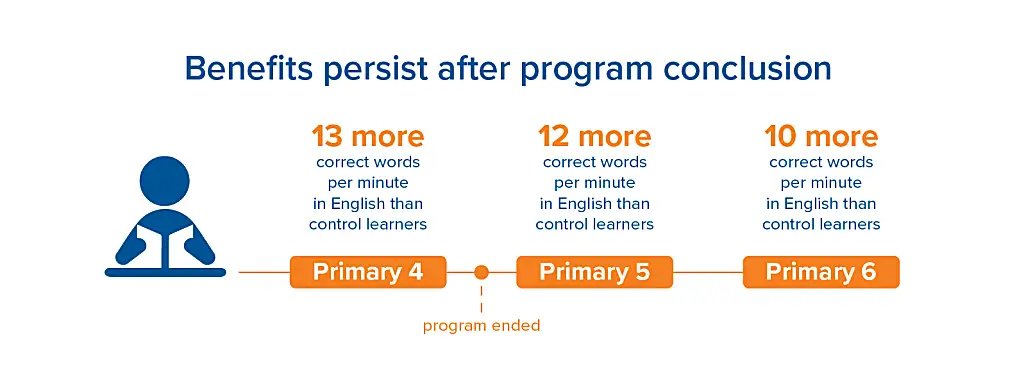
These significant gains in reading achievement were over and above those found in control schools.
The impact was still present years later with subsequent waves of Primary Two learners due to the persisting benefit of trained teachers and improved classroom materials. Control schools have also been brought into the program and are registering the same improvements.
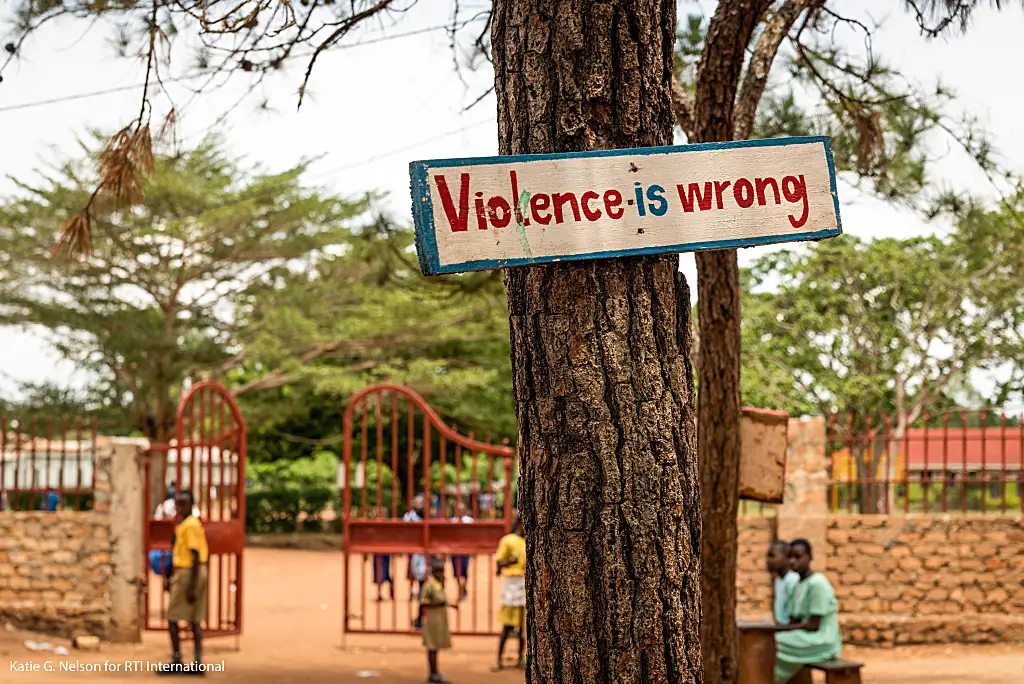
The Story Doesn't End There
Supporting Safety, Health, and Inclusion
As part of LARA, the Journeys Program aims to prevent violence in schools. Through Journeys, nearly 17,000 teachers have been trained on how to create positive, violence-free school climates, benefiting more than 1.3 million learners. Learners attending Journeys and LARA schools are more likely to be promoted and less likely to repeat a grade. SHRP also supported interventions to prevent school-related gender-based violence in 164 program schools across 10 districts.
Additionally, SHRP worked with the MoES to provide sustainable approaches for effective HIV education in Ugandan primary and post-primary schools. More than 547,000 children in 2,067 schools were reached with HIV education and life skills information.
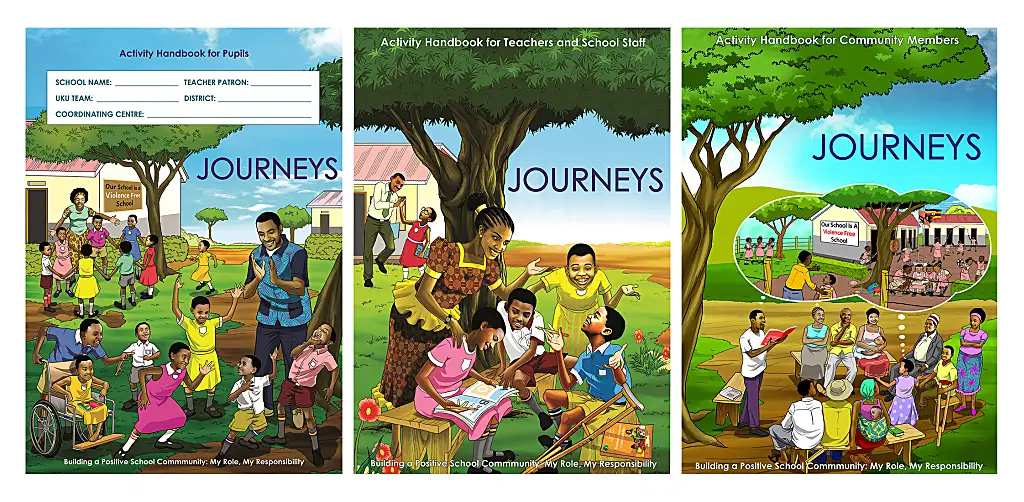
SHRP also supported the MoES’s Special Needs Education Department on inclusion strategies for learners. Since 2015, more than 20,000 teachers attended trainings on how to support learners with special education needs. The program also developed early grade reading “teacher guides” focused on learners with special learning needs.
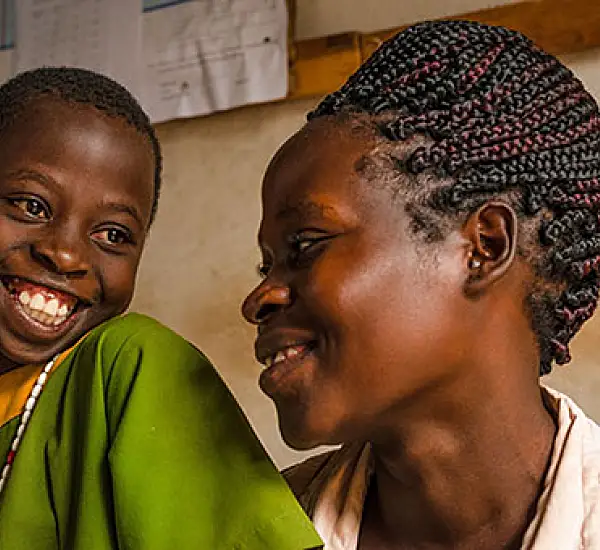
Early grade reading programs offer students a “window of hope” in Uganda
"I really am very proud of my daughter because she can read," said Agnes Nansere Nassaka, whose daughter is learning to read through the programs. "I hope that my daughter can be better off and go far in her education. As a parent, I see a brighter future now that my daughter knows how to read."
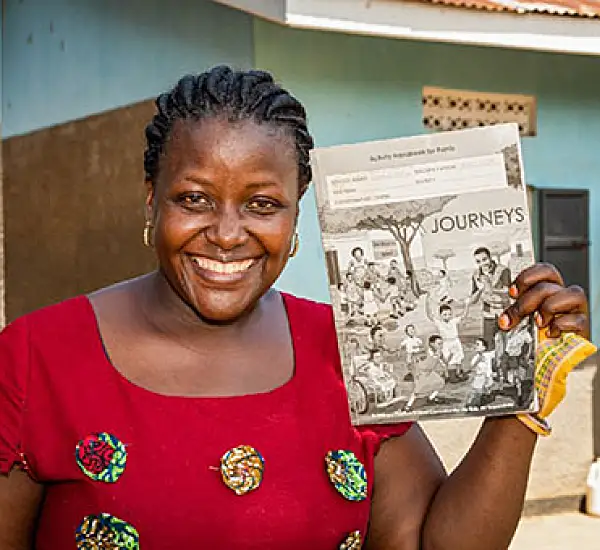
To protect child well-being, Ugandans are creating safer school environments
“When you handle a child with care or love, it can help them in school,” said Rachel Nabbanja, a teacher at Kiiya Primary School in Luwero, Uganda. Since the school adopted measures to create a safer and more supportive environment, absenteeism has dropped and students are developing important social and emotional learning skills.
Learning to Read: The Power of the 5 Ts
Unlike learning to speak, which comes by being exposed to language, learning to read requires instruction built around the five Ts: Time, Teaching, Text, Tongue, and Testing.
